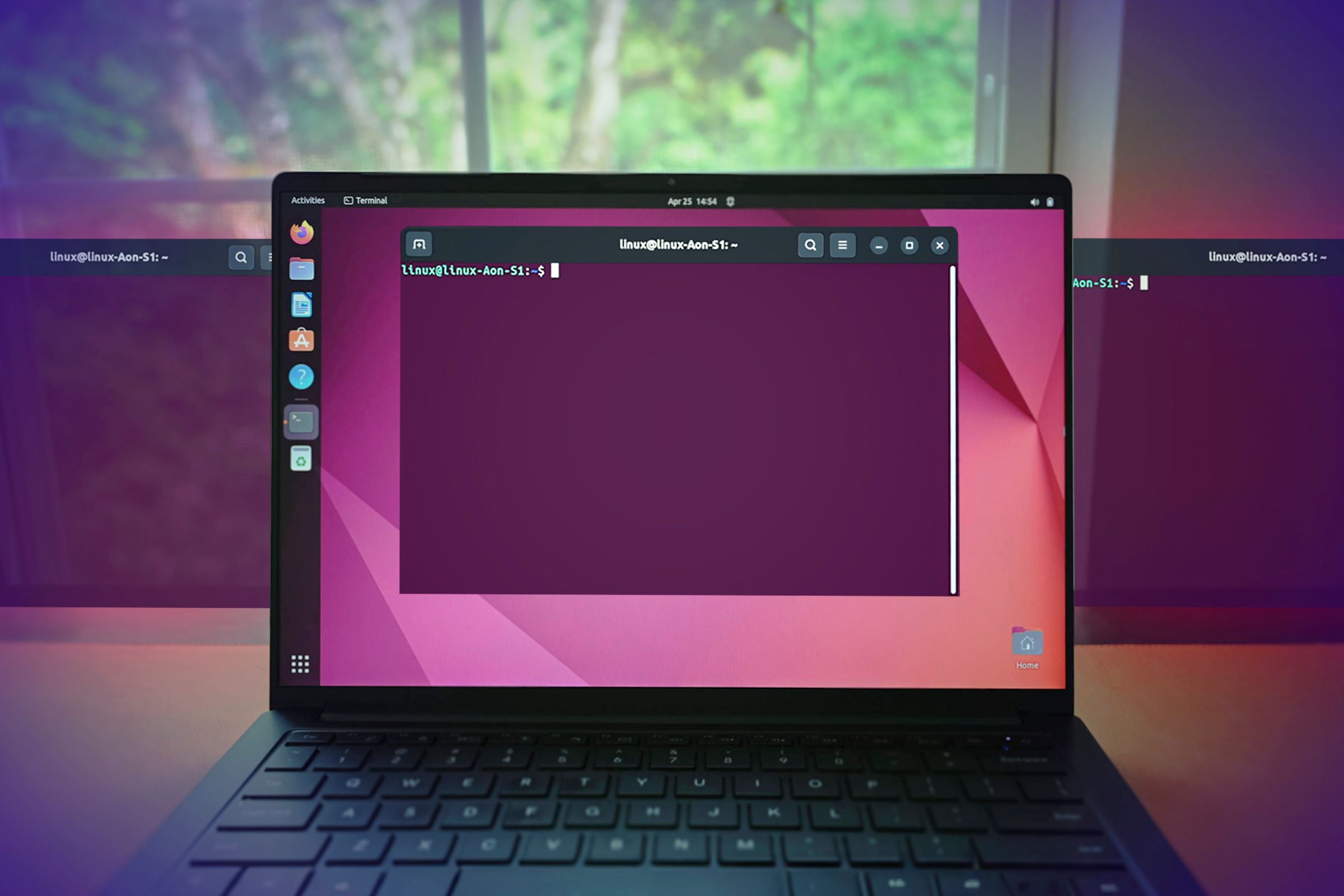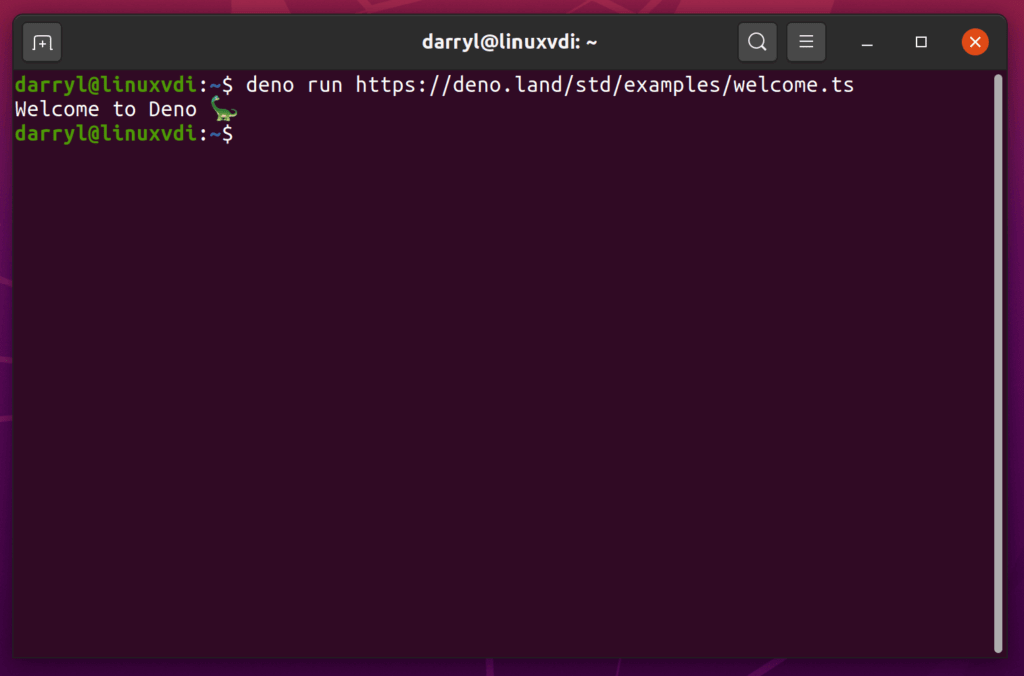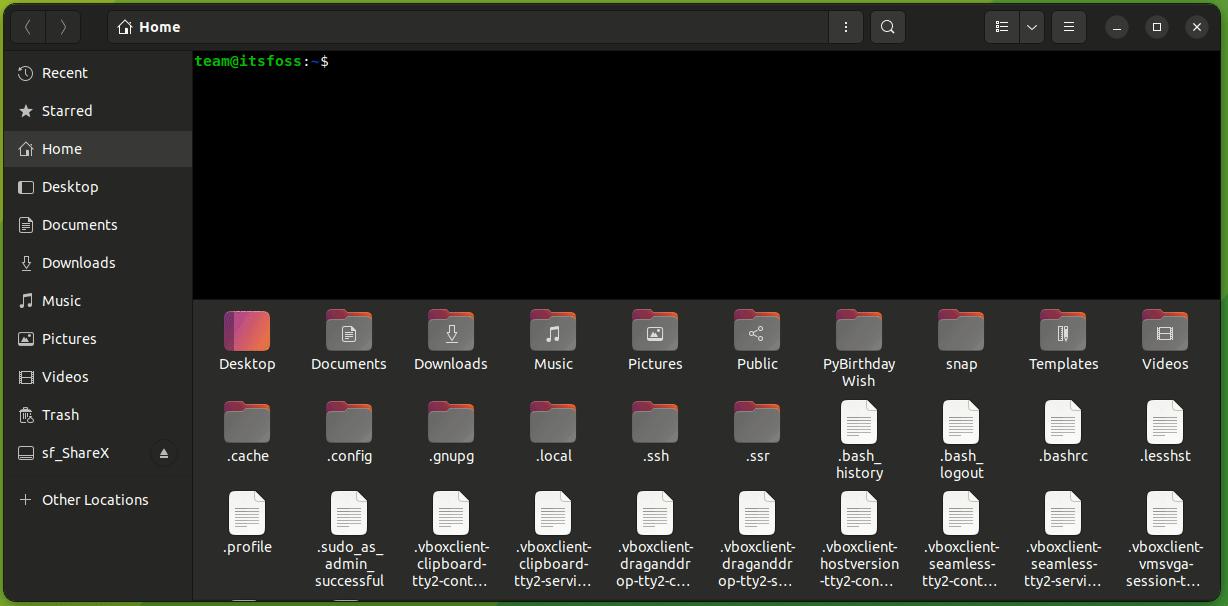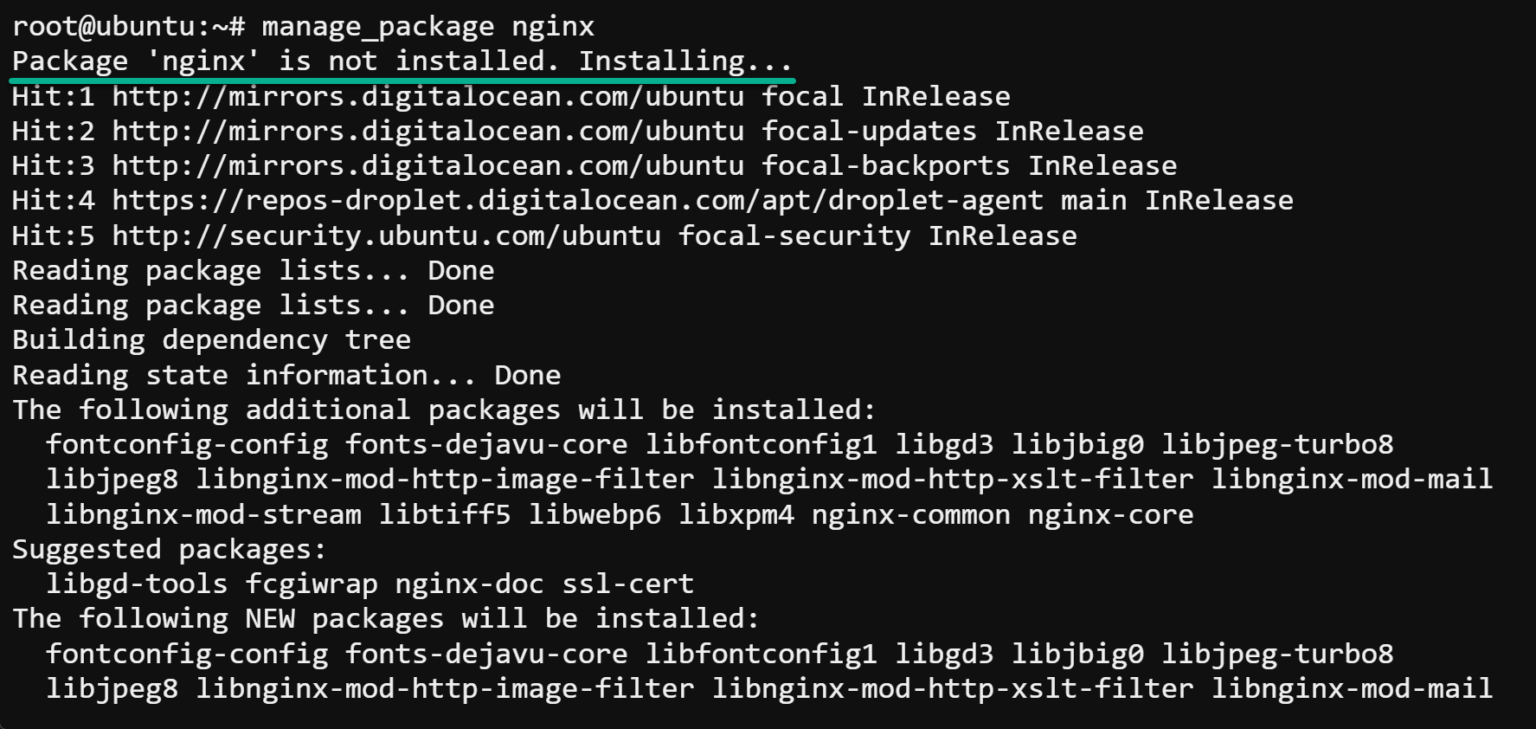How To Open Bashrc
How To Open Bashrc - Web Aug 3 2022 nbsp 0183 32 The bashrc file is a script file that s executed when a user logs in The file itself contains a series of configurations for the terminal session This includes setting up or enabling coloring completion shell history command aliases and more It is a hidden file and simple ls command won t show the file Web You may also be able to edit the file using your SFTP client of choice but experiences may vary We ll assume here that you re using nano From a login or other node on the cluster type nano bashrc to open the file in the nano editor Web Jun 24 2015 nbsp 0183 32 4 Answers Sorted by 21 The only ones that bash looks at by default are in the user s home directory yes There is also typically a single source for them in Linux etc skel The user s home directory does not need to be under home though I see you ve edited your question to ask where your bash login and bash profile files are
Look no even more than printable templates in the case that you are looking for a simple and efficient method to increase your performance. These time-saving tools are free-and-easy to use, offering a series of benefits that can help you get more performed in less time.
How To Open Bashrc

WELSIM
 WELSIM
WELSIM
How To Open Bashrc Printable templates can assist you stay organized. By offering a clear structure for your tasks, to-do lists, and schedules, printable templates make it simpler to keep whatever in order. You'll never ever need to stress over missing due dates or forgetting crucial tasks again. Secondly, using printable design templates can help you save time. By removing the need to create new files from scratch every time you require to finish a task or plan an event, you can focus on the work itself, instead of the paperwork. Plus, many templates are customizable, allowing you to customize them to suit your needs. In addition to conserving time and remaining arranged, utilizing printable templates can also help you remain motivated. Seeing your development on paper can be a powerful incentive, encouraging you to keep working towards your objectives even when things get tough. Overall, printable design templates are a fantastic method to enhance your productivity without breaking the bank. Why not give them a try today and begin accomplishing more in less time?
How To Install Deno On Ubuntu Linux Darryl Dias
 How to install deno on ubuntu linux darryl dias
How to install deno on ubuntu linux darryl dias
Web Jul 18 2019 nbsp 0183 32 1 I am new to programming I wanted to download and setup Apache Tomcat on my Ubuntu I copied the tar link from Apache I then decompressed the file with tar xvzf Apache tomcat 7 0 94 tar gz Now I m following a set of instruction as below Set the environment variables in bashrc with the following command vim bashrc
Web How do I view a bashrc file You can use Vi or nano editor to view the bashrc file Following is a command nano bashrc nano bashrc Where is the bashrc file located bashrc file is located in two places user home directory System directory In the case of the user s home directory this file is hidden by default
Linux Nautilus Linux
 linux nautilus linux
linux nautilus linux
How To Use The bashrc File In Linux
 How to use the bashrc file in linux
How to use the bashrc file in linux
Free printable templates can be an effective tool for boosting productivity and achieving your objectives. By selecting the right templates, integrating them into your regimen, and customizing them as needed, you can streamline your day-to-day jobs and make the most of your time. Why not provide it a shot and see how it works for you?
Web Sep 20 2019 nbsp 0183 32 2 Answers Sorted by 3 Do you actually need to be in the same directory as the executable If not just do this alias cpanel run home ian projects electron cpanel linux x64 cpanel If you do need to be in the same directory use this instead alias cpanel run cd home ian projects electron cpanel linux x64 amp amp cpanel
Web Mar 5 2018 nbsp 0183 32 bashrc bash profile are used in unix based operating systems for the terminal In windows you set environment variables differently In windows 10 search for environment variables in start menu and select Edit the system environment variables and set them from there